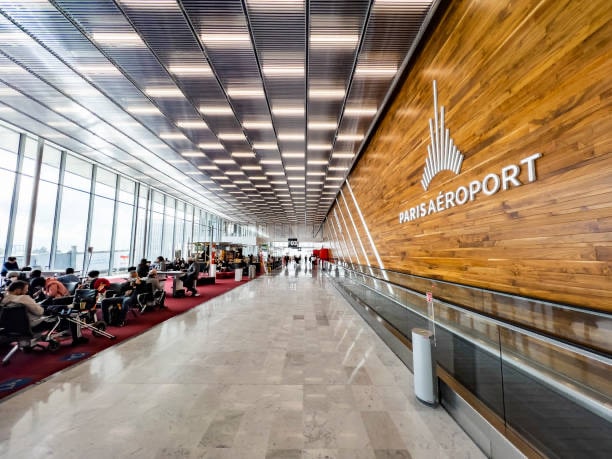Employer sponsored migration is a legal route for foreign workers to enter the United States. However, before beginning this process, employers need to understand the immigration rules and regulations. To be eligible for employer sponsored migration, foreign workers must meet specific requirements, such as the willingness of an employer to hire a foreign national. Employers should also understand that the foreign worker may not be a US citizen or a Legal Permanent Resident. It is why they should be willing to sponsor the worker before immigration proceedings can begin.

Employer sponsored migration through https://www.migrationsolutions.com.au/corporate-and-business/rsms-visa is a popular way to enter Australia, particularly for skilled foreign workers. This program enables Australian employers to sponsor foreign workers to work and live in the country. This visa program helps fill skilled labour shortages across Australia. Several types of employer-sponsored visas are available, each focusing on a particular need. You can apply for a permanent visa or a temporary visa. The regional visa category is also available. The Employer Sponsored Migration program helps employers find the best possible worker for their company.
Several kinds of sponsored migration programs include the Employer Nomination Scheme (ENS), Regional Sponsored Migration Scheme (RSMS), and Stream 186. There are several requirements to meet to apply for an employer-sponsored visa, and a professional assistant can help you navigate the complexities of the criteria. Most employers try to apply independently but are turned down for the lack of understanding of departmental criteria. Bestway Consulting can help employers navigate complex criteria.
While some employer sponsored categories are more challenging to obtain, it is possible to obtain a permanent visa if you are in a job that offers a permanent residency. It would be best if you remembered that the time taken to obtain a visa could vary significantly. As your career progresses, you can improve your qualifications for a permanent visa. The timing of your self-petition is crucial. If you wait too long, you could risk your future.
A subclass 482 visa sponsor must have a skilled worker with a minimum of two years of experience in the destination country. If you are an employer and wish to sponsor someone for a permanent visa, it is crucial to seek certification from a relevant Regional Certifying Body (RCB). Depending on where you live, the RCB will generally look at your business’s financial capacity and whether it has a genuine need for the employee.
Unlike most other types of immigration visas, an employer sponsored migration SA requires a skilled foreign worker to be employed by a company in Australia. In most cases, a skilled foreign worker can work in Australia for four years and apply for permanent residency after three years of paid employment. The standard business sponsor visa requires a new startup company with a well-developed plan. The employer can choose to pay for this training. However, there are some restrictions.
Employer sponsored visas are a useful immigration option for businesses in Australia. In addition to providing a pathway to permanent residency, this program also allows employers to hire skilled foreign workers who can contribute to the economy. A company can boost productivity, profit, and nation-building by hiring skilled foreign workers. This process is relatively fast and easy if the employer is willing to sponsor the visa application. However, the employer must be willing to employ the overseas worker and their family.
Under the TSS subclass 482 visa, eligible employers can sponsor foreign workers for permanent residence. This category is more common in Australia but does not require an employer to sponsor the applicant. In addition to employer sponsored visas, the TSS subclass 494 visa allows regional employers to address labour shortages in regional areas. The visa is temporary but allows for a pathway to permanent residence after three years of employment. For applicants whose jobs are in regional Australia, this program is an ideal option.
While the high cost of sponsoring foreign employees makes it difficult for small businesses to compete with larger firms, the process is also expensive. Finding a suitable employer willing to sponsor an employee may be challenging. There are many costs and requirements associated with hiring an employee under the H-1B program, so it’s essential to choose carefully. A recent study by the National Bureau of Economic Research suggests that foreign workers on temporary visas change their jobs at a similar rate to their counterparts in the U.S.
